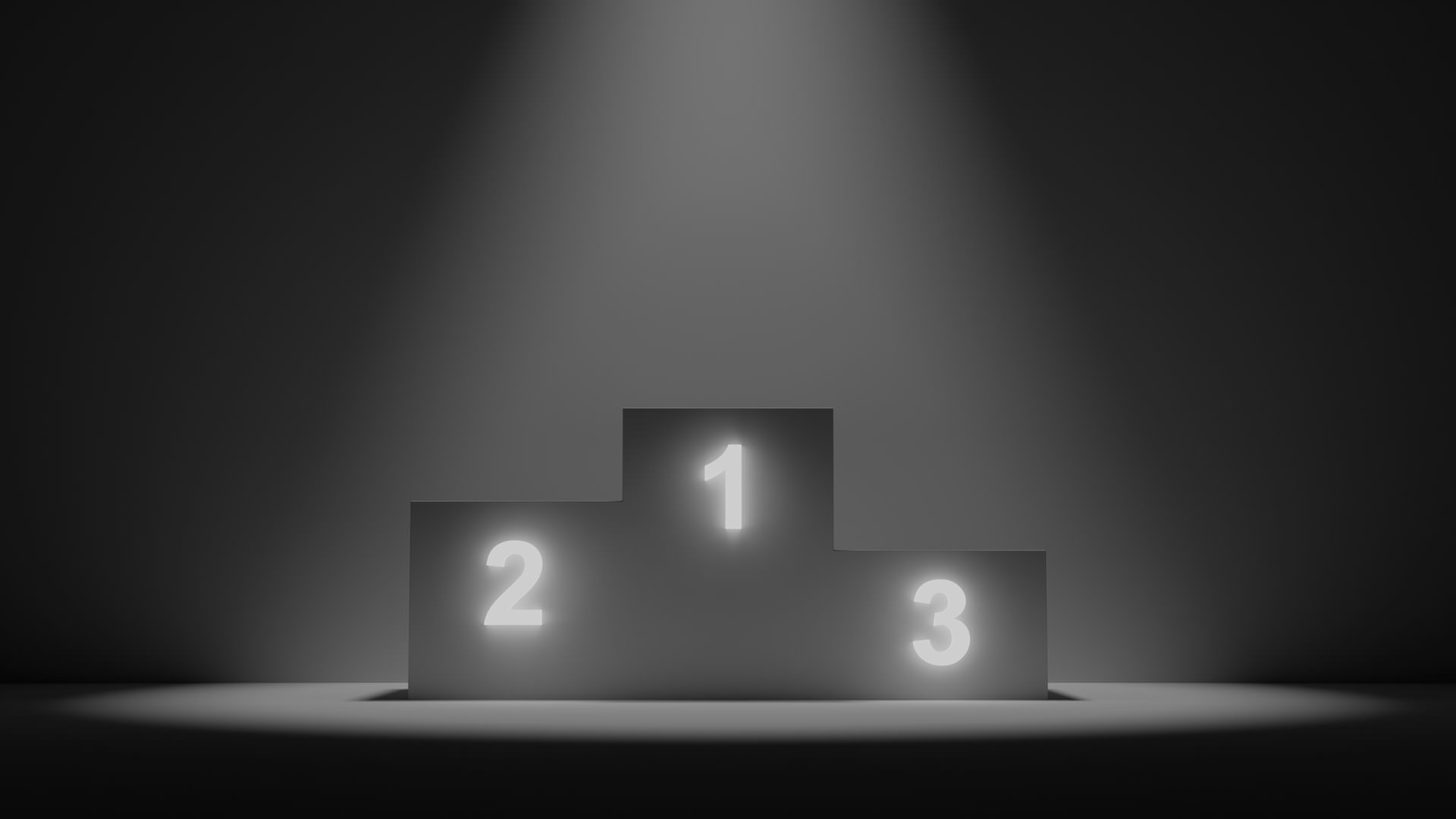Giving the most viewed presentation on slideshare ever at OSCON
Giving a presentation that had more views on slideshare in it's first week than any other OSCON presentation had in 12 years.
In business it’s common to use sales as a metric to determine success. Songs, albums, books and movies are all ranked on “best seller” charts. While this isn’t a perfect metric, it is largely useful due to the innate control built within. There is friction to a sale in that buying something costs money of which people have a limited supply. This makes it so that someone couldn’t just repeatedly buy their own song, album, book or movie and have a best seller (not to mention they would be losing a ton of money to the distribution and retail channels).
For some reason people have decided to apply this sort of ranking to social media. “If a person has X followers they must be really important”. The problem with applying this commonly used metric is that in social media, there isn’t any friction. Without friction there is no control, without control, no accuracy. It is reasonable to think that if user X has 10,000 people following them, while user Y has 200 that user X is more important (at least within that social media venue). However what if user X has mostly followers that were parasitic bots. Parasites, virtual users created solely to artificially inflate follower count. Perhaps even worse are the self-servers who pay to be in follow groups where everyone follows everyone back solely for the purpose of (artificially) increasing follower count.
These users contribute very little (if any) but consume a lot. I’d prefer to have 200 real followers over 5000 parasitic ones. 200 real people who are actually interested in what I have to say and are interacting with me has real value. 5000 or any number of parasites has no value and only serves to pollute the community.
Perhaps the core flaw with this method of evaluation is that it assumes all followers are equivalent, regardless of a followers actual value, real or not. Until we begin to evaluate a users worth based on more than simply follower count we are encouraging this pollution.
